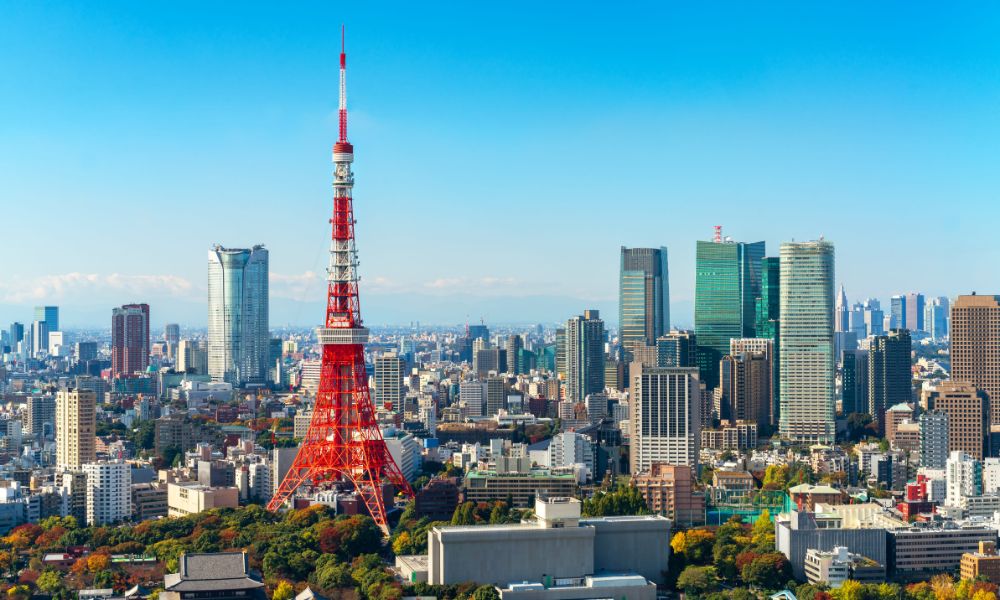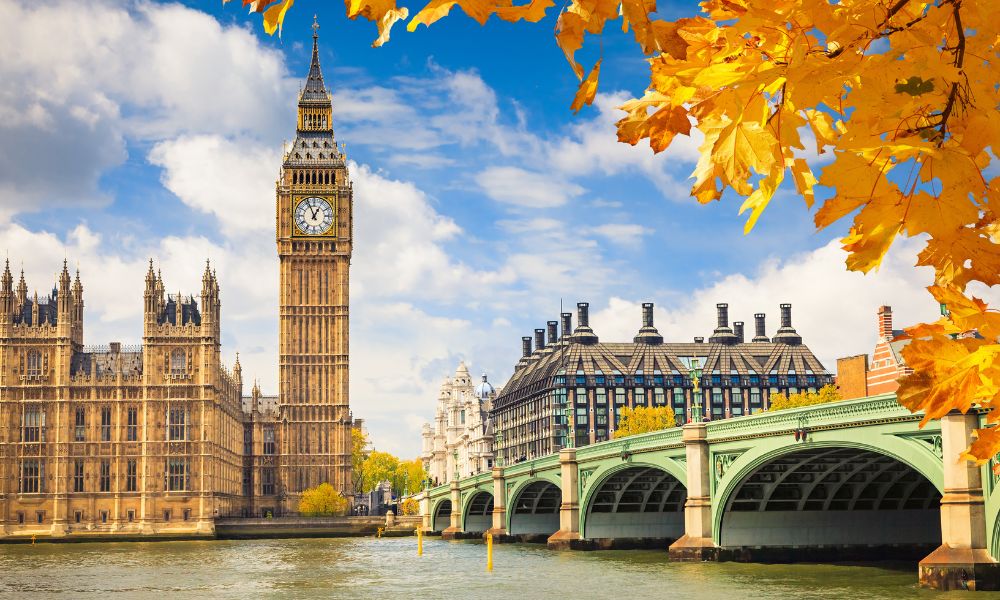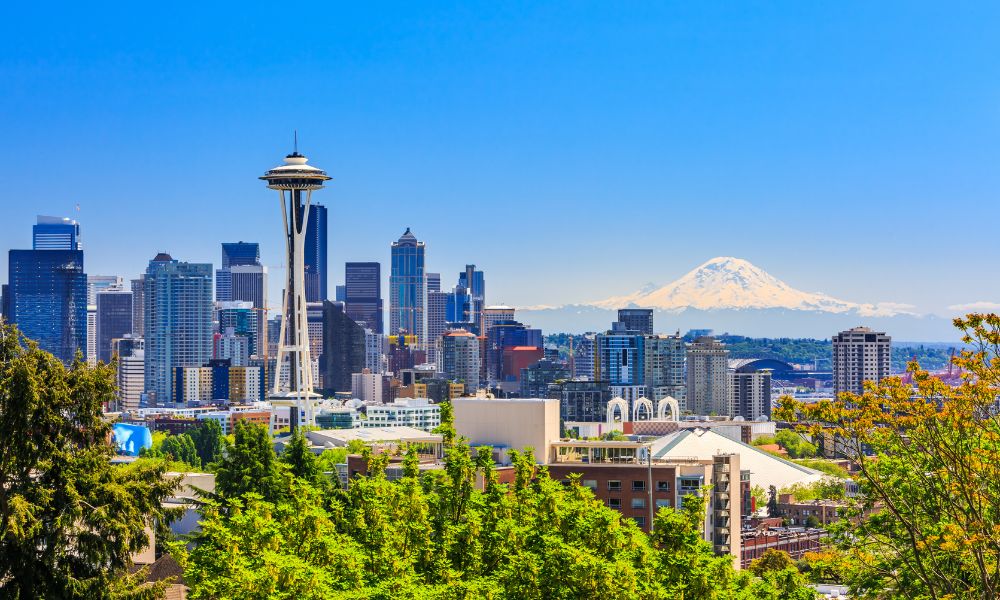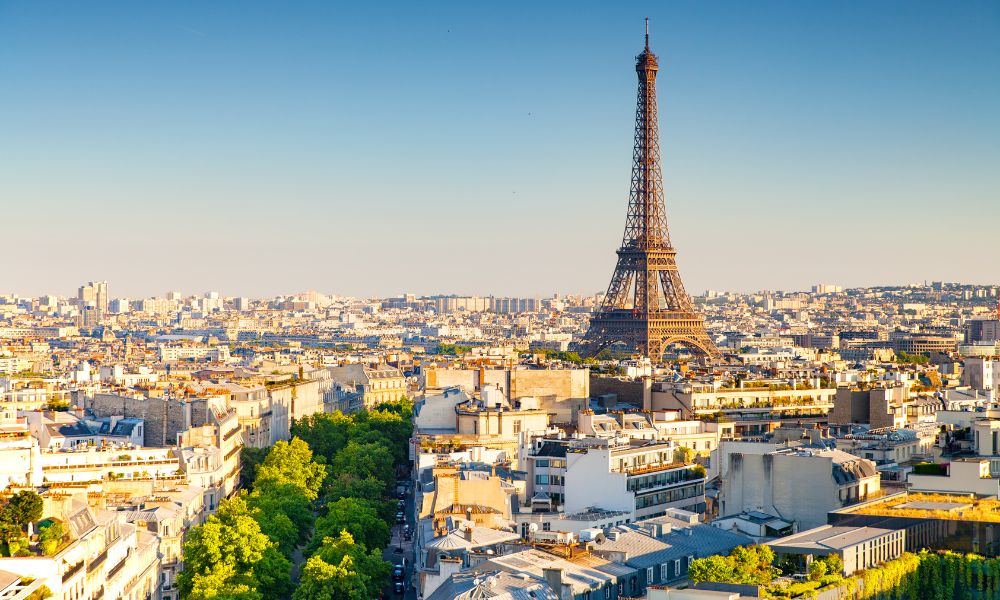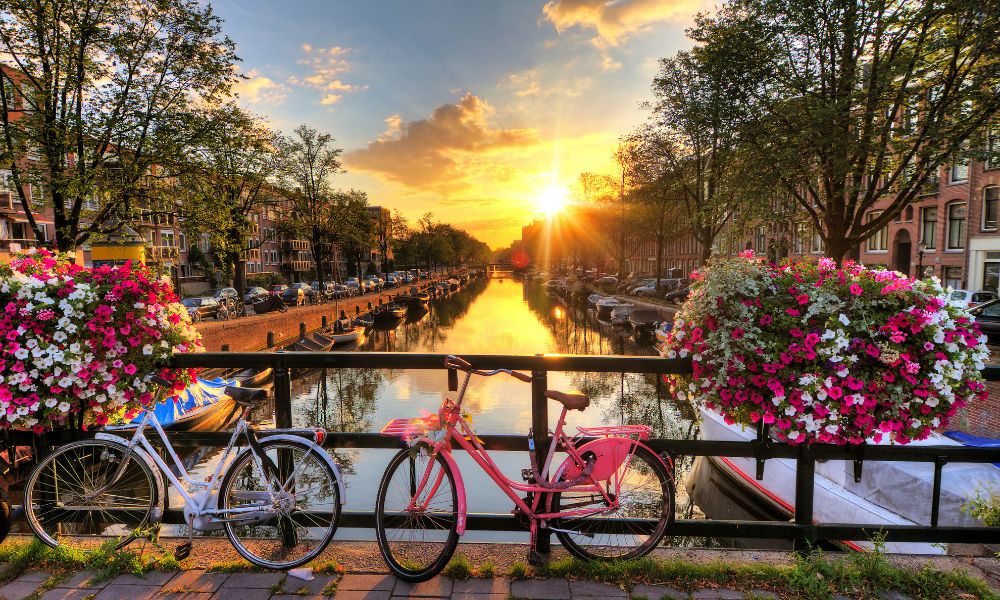What characteristics should a sustainable city have?
What characteristics should a sustainable city have?
Sustainable cities and communities of the 21st century integrate care for the environment into their development. These are their most important characteristics:
The quality of life of its inhabitants has high levels of satisfaction: a good health system, access to education, environmentally friendly, and efficient transportation, etc.
It offers a variety of large, comfortable, and fresh green spaces for the enjoyment of all residents.
Most of its industries and services supply a large part of their electricity needs from renewable energy.
Both companies and households apply criteria of sustainability and circular economy such as reducing, reusing, and recycling.



